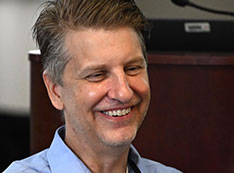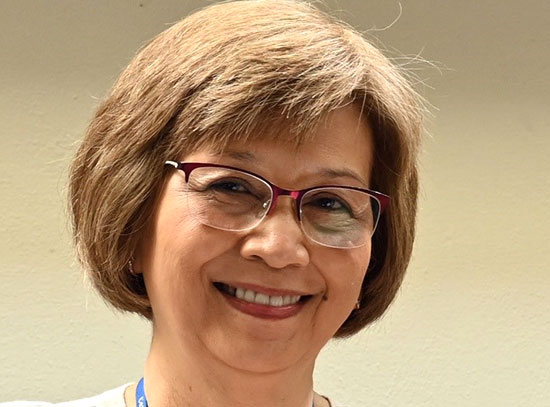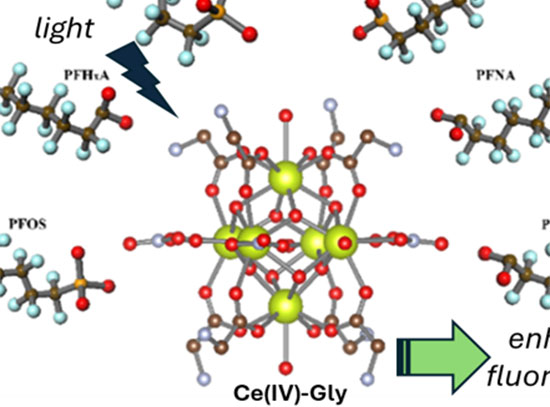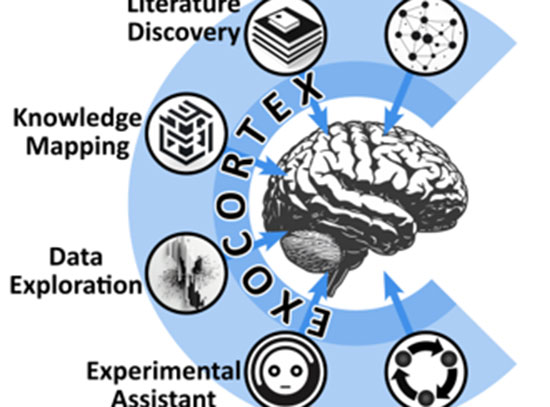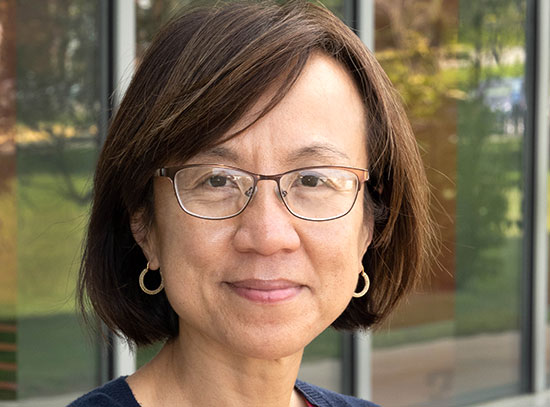A Message from Chuck Black
insights from the CFN Director
February 10, 2025
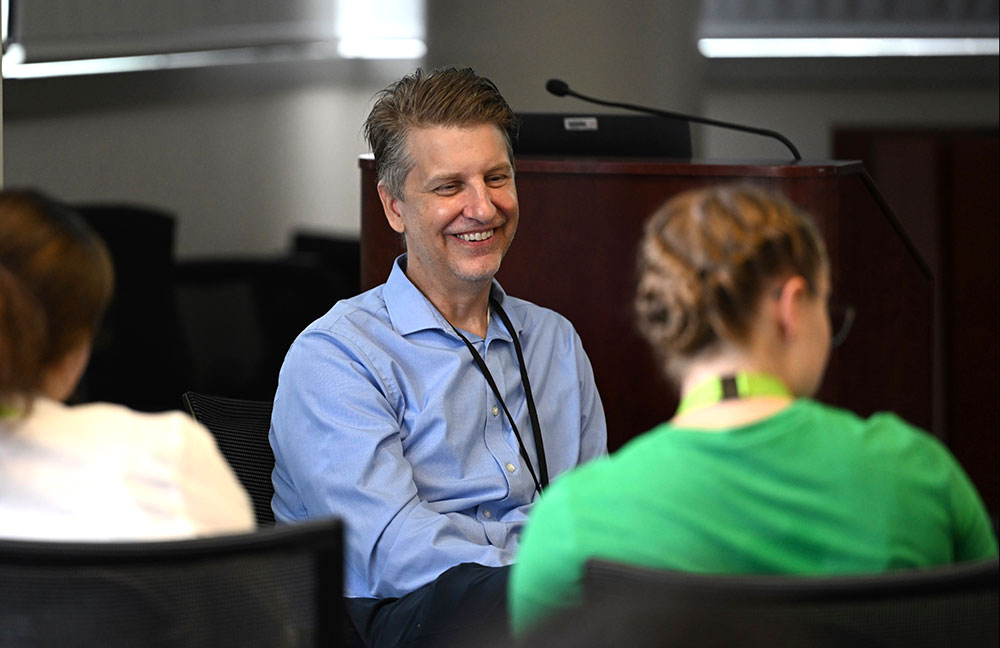
Charles Black
I always find the start of the new year to be great for thinking about the future. For some reason, this year feels especially transformative, doesn't it? I can’t wait to see what discoveries lie ahead.
In my lifetime, we’ve witnessed profound leaps that reshaped how we live and work: the PC revolution of the ’80s, the World Wide Web of the ’90s, smartphones of the 2000s, and the global rise of social media in the 2010s.
And now, here we are in the 2020s — with artificial intelligence (AI) poised to transform virtually everything, including the way we perform scientific research. I’m looking ahead with excitement because we have the opportunity to help shape this revolution. It’s our good fortune, and it’s incredibly thrilling to be at this point in time.
Why AI now?
Modern scientists must coordinate an ever-increasing array of complex resources while also managing a deluge of information. There are countless technical papers to read, advanced software tools to learn and use, extensive scientific databases that remain largely untapped, and highly specialized instruments accessible only to a select few experts. No single researcher — even with a large group — can possibly master it all on their own.
But now, imagine an AI “team” working alongside us — sifting through research papers, extracting insights from data, operating instruments, and even hypothesizing new research directions. At crucial junctures, our AI team presents preliminary findings for our consideration and informed decisions.
This ambitious vision is central to the CFN strategic plan, and we recently detailed it in a publication in the journal Digital Discovery. The paper describes a coordinated system of AI agents that assist researchers throughout the entire discovery process, enhancing our scientific cognition and motivation. Because its design parallels how our brains are structured, we’re calling it the Nanoscience Exocortex. And though that may sound like science fiction, CFN staff are already laying the groundwork for this grand AI idea.
Here are some ways that AI is already in action at CFN:
AI-Driven X-ray Experiments. CFN scientists Kevin Yager and Esther Tsai, in partnership with National Synchrotron Light Source II (NSLS-II) researchers, have long been leaders in developing autonomous X-ray scattering experiments. The partner Complex Materials Scattering (CMS) beamline at NSLS-II has served as a proving ground for a series of proof-of-concept demonstrations and, more recently, has been deployed for cutting-edge scientific discovery. For example, last year, Greg Doerk and Kevin Yager used the autonomous instrument to uncover previously unpredicted 3D morphologies in blended block-copolymer thin films — an insight that would have taken far longer to achieve using manual experimental methods.
Real-Time Data Interpretation. CFN researchers Deyu Lu and Xiaohui Qu are harnessing AI and machine-learning tools to analyze complex X-ray absorption spectra or in-situ electron microscopy data in real time. By converting raw information into actionable insights while experiments are still in progress, these tools accelerate discovery and broaden the questions scientists can ask.
VISION: An AI-Powered Research Companion. CFN scientist Esther Tsai is leading the development of VISION, an AI research companion named partly as a playful nod to Marvel’s android hero. VISION lets researchers interact with instruments by speaking or typing natural language commands to acquire and analyze data, adjust samples, and refine experimental settings. A prototype is already running at the CMS beamline — researchers can operate it simply by talking! Over time, CFN plans to extend VISION to additional instruments.
The CFN Nanoscience ChatBot. CFN scientists have also created a nanoscience chatbot to tackle a common shortcoming of general-purpose AI chatbots: their tendency to fabricate answers. By grounding its responses in trusted scientific publications, the chatbot offers guidance on CFN facilities, capabilities, and relevant studies. As a “knowledge bridge,” the chatbot can help users tap into collective CFN expertise — even before they arrive on site.
CFN staff members are embracing our chance to lead in creating AI tools that boost scientific productivity and spark scientific discoveries we haven't yet imagined. Realizing this ambitious vision will require all of us — staff, users, and partners — to work together. Fortunately, collaboration is at the heart of what we do. In 2025, let's keep working together to make a difference.
— Dr. Charles Black
Director and Senior Scientist
Center for Functional Nanomaterials
Brookhaven National Laboratory
2025-22314 | INT/EXT | Newsroom




